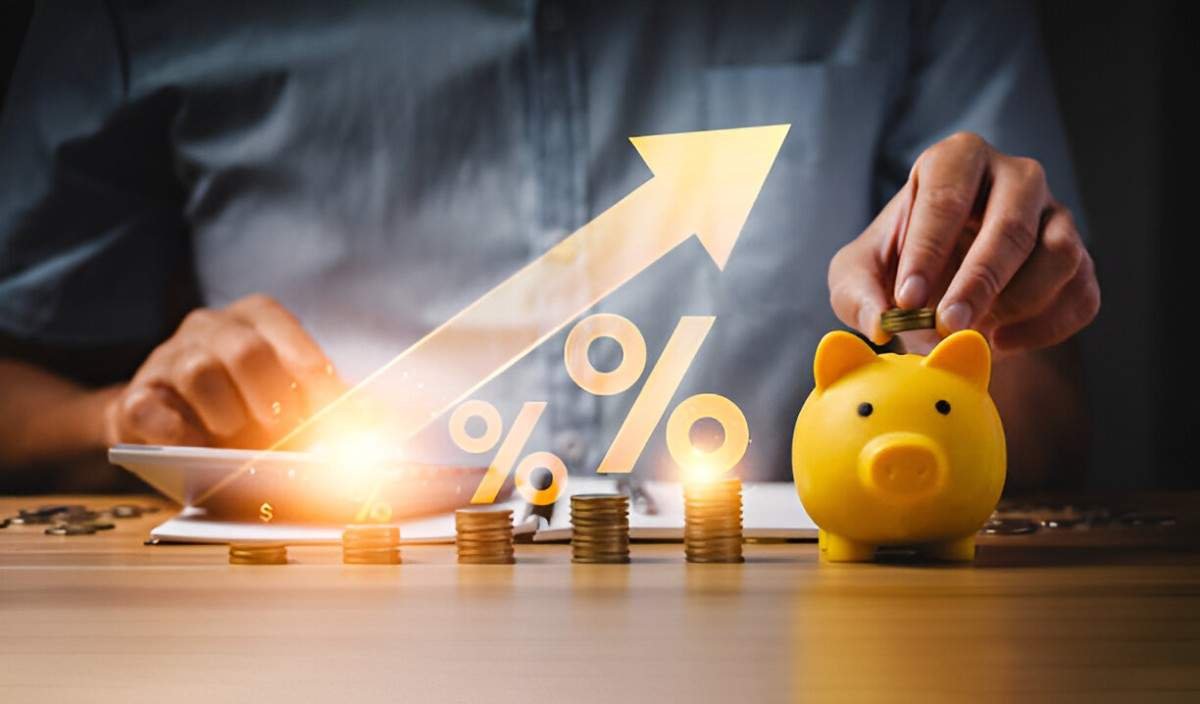When I look ahead at my financial future, I want a plan that matches my timeline. Since I aim to retire around the year 2040, I’ve seriously considered putting my money into a 2040 target-date mutual fund. It offers an efficient, low-maintenance way to invest and prepare for retirement.
Table of Contents
What Is a 2040 Target-Date Mutual Fund?
A 2040 mutual fund, often called a 2040 target-date fund, is a type of all-in-one investment fund designed for people planning to retire around the year 2040. When I buy shares of one of these funds, I’m putting my retirement savings into a portfolio that automatically becomes more conservative as I get closer to retirement.
This shifting strategy is called a glide path.
- In the early years, the fund holds mostly stocks to maximize long-term growth.
- As 2040 nears, it gradually shifts toward bonds and short-term assets to reduce volatility.
- Even after 2040, the fund continues adjusting to support withdrawals during retirement.
How a 2040 Fund’s Glide Path Works
The glide path determines how my money is allocated over time. Most 2040 funds start out aggressive, with 85–90% of assets in stocks, and then reduce equity exposure steadily as retirement nears.
Here’s a simplified timeline of the typical glide path:
| Year | Stocks | Bonds | Cash/Other |
|---|---|---|---|
| 2024 | 88% | 10% | 2% |
| 2030 | 80% | 18% | 2% |
| 2040 | 60% | 35% | 5% |
| 2050 | 45% | 50% | 5% |
Each provider has its own glide path, but most follow this general idea—reduce risk gradually without me needing to make adjustments.
What’s in a 2040 Mutual Fund?
2040 funds are usually made up of underlying index or actively managed funds, including:
- U.S. large-cap stocks (e.g., S&P 500)
- U.S. mid- and small-cap stocks
- International equities
- U.S. Treasury and corporate bonds
- Foreign bonds
- Inflation-protected securities
- Sometimes alternatives or real assets
This kind of diversification helps protect against poor performance in any one asset class.
Why I Consider a 2040 Mutual Fund
I like 2040 target-date funds because they remove a lot of the stress from investing. Here’s what I see as the major benefits:
- Set-it-and-forget-it approach: I don’t need to rebalance or shift assets myself.
- Broad diversification: I get exposure to a global mix of stocks and bonds.
- Automatic risk reduction: The fund lowers equity exposure as I approach retirement.
- Suitable for IRAs and 401(k)s: They’re commonly offered in retirement plans.
If I invest in one of these through my 401(k), I’m not charged transaction fees or commissions, which makes them even more appealing.
How Much Could My Investment Grow?
Let’s say I invest $25,000 today in a 2040 target-date fund. If the average annual return is 7% over the next 16 years, I estimate my future value like this:
FV = 25{,}000 \times (1 + 0.07)^{16} = 25{,}000 \times 2.973 = 74{,}325So, by the time I reach 2040, that initial $25,000 investment could grow to $74,325.
This is based on a simplified model. Actual results will vary depending on fees, performance, and when I contribute.
Expense Ratios Matter
One of the first things I look at in a fund is its expense ratio—that’s the annual cost to own the fund, expressed as a percentage. Here are some well-known 2040 funds and their fees:
| Fund Name | Ticker | Expense Ratio | Management Style |
|---|---|---|---|
| Vanguard Target Retirement 2040 | VFORX | 0.08% | Passive |
| Fidelity Freedom Index 2040 | FIOFX | 0.12% | Passive |
| T. Rowe Price Retirement 2040 | TRRDX | 0.64% | Active |
| Schwab Target 2040 | SWYDX | 0.08% | Passive |
A higher expense ratio doesn’t always mean better performance. I try to balance cost with management quality and the fund’s historical returns.
Risks I Keep in Mind
Even though these funds manage risk over time, they still carry exposure to market swings—especially early on when equity allocation is high.
Here’s what I consider:
- Market risk: Large losses are possible in the early years.
- Glide path mismatch: The default timeline may not match my retirement needs.
- One-size-fits-all risk: If I have other investments, this fund may not fit perfectly.
To avoid redundancy or unintentional concentration, I make sure my other accounts don’t overlap too heavily with the holdings in the 2040 fund.
After 2040: What Happens?
These funds don’t close or cash out in 2040. Instead, they continue managing the assets in a more conservative mix for another 20–30 years, assuming I’ll need income throughout retirement.
Typically, they transition into a “retirement income fund” with low equity exposure and high income-generating assets.
By 2050, a 2040 fund might look like this:
\text{Asset Mix} = 40% \text{stocks}, 55% \text{bonds}, 5% \text{cash}That mix helps preserve capital while supporting small withdrawals.
How I Decide if It’s Right for Me
Here’s how I evaluate if a 2040 fund fits my plan:
- Do I plan to retire close to 2040?
- Am I comfortable with the glide path risk-reduction pace?
- Do I have other investments that might overlap?
- Is the expense ratio reasonable?
- Does it match my risk tolerance today?
If the answer is yes to most of those, then a 2040 fund often makes sense for me as a core holding—especially in my retirement accounts.
Final Thoughts
A 2040 mutual fund is a smart option for hands-off investors like me who want a diversified, professionally managed portfolio that gets safer over time. If I’m aiming to retire around 2040, this kind of fund offers a simple, efficient way to grow and protect my savings without having to constantly adjust my strategy.





